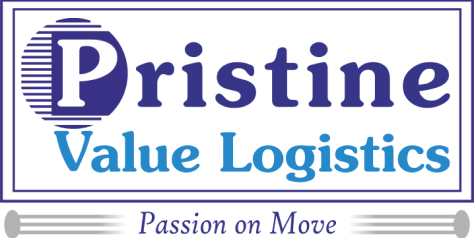Warehousing and transportation operations form a critical backbone of modern commerce. As these operations expand, so does the potential for environmental, health, and safety (EHS) risks. In this digital age where operations revolve around customer demands of speed in operations, it becomes paramount to prioritise EHS concerns for both sustainability and long-term profitability.
- Environment
Waste Management – Warehousing operations lead to generation of waste with regards to packaging materials. Patchems has efficient recycling and disposable methods. E-waste such as computer hardware, computer accessories, printer cartridges etc are handed over to a authorised e-waste disposal agency. - Health
Health Check-ups – Warehouse workers do repeat physical tasks. Patchems conducts medical check-ups for workers, MHE operators, etc. at regular frequency.
Drivers Rest rooms – Truck Drivers spend long hours on the road which leads to exhaustion. They need proper rest and therefore warehouses should provide neat and clean restrooms where they could even spend a night in case the vehicle is detained at the warehouse. - Safety
Safety from Warehouse Accidents – Warehouses with their many products, equipment and foot traffic are prone to accidents.
Patchems provides Emergency First Aid Training to all workers. The training is conducted by a qualified medical professional.
There is a tie-up with a hospital for emergency treatments.
Warehouses have a First Aid Medical Room which is equipped with wheelchair, stretcher etc.
Fire Safety – Warehouses must be fire compliant for the safety of men, material, and equipment. Patchems conducts regular fire mock drills, maintains fire safety equipment like sprinklers etc. There are clearly marked evacuation routes in the warehouses run by Patchems.
Road Safety – Speeding and driver fatigue are the two top contributing factors to truck accidents. Regular driver training, sensitising them towards speeding and road fatigue, and use of advanced technologies like GPS tracking can reduce the risk.
Environmental, Health, and Safety (EHS) is not just a regulation but a commitment. Service providers must go beyond mere compliance and take it up for long term benefits to business. A strong commitment to EHS improves brand image, leads to better employee satisfaction and retention, and even opens doors to new clients who prioritise green and ethical operations.
Furthermore, EHS practices often lead to long-term cost savings. Reduced waste means lesser disposal costs; energy efficiency results in lower electricity bills; and a safe work environment means fewer accidents, which translates to less downtime and lower insurance costs.
Patchems has integrated EHS into its core business practices. Have you?









